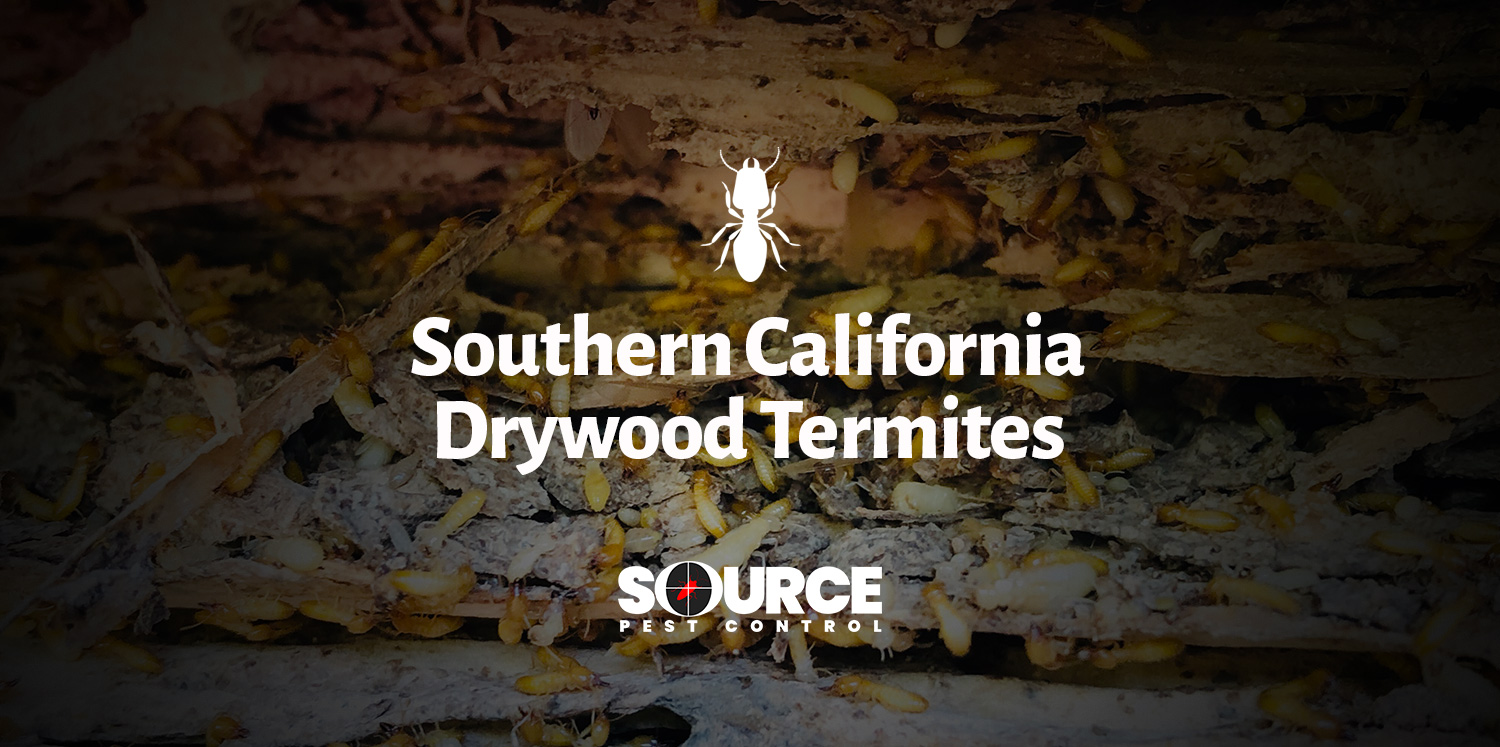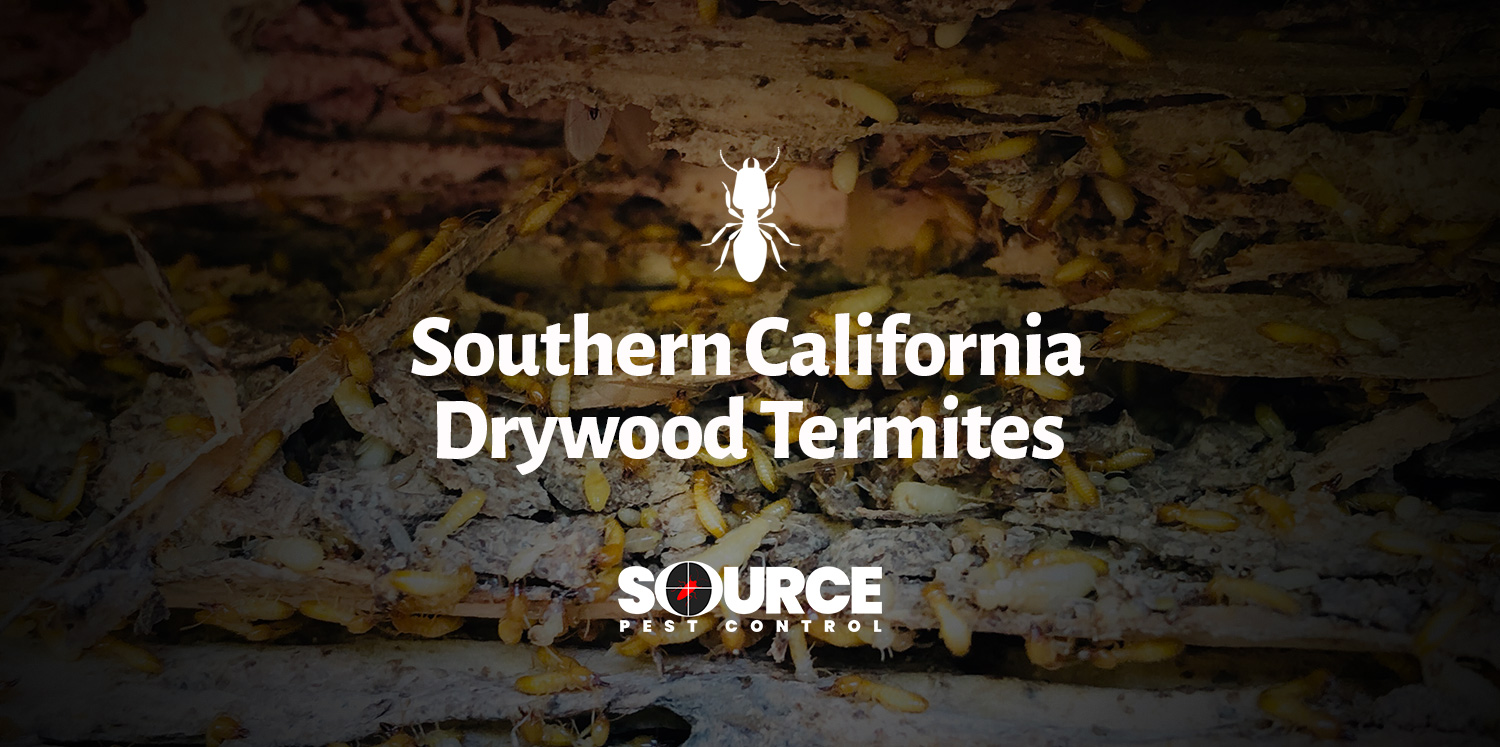Southern California Drywood Termites
Drywood termites (also known as “Desert Drywood Termites”) have been an issue for Southern California residents for years. While not quite as common as subterranean termites, drywood termites are still a signifiant threat to your home. In fact, a typical US homeowner who discovers termites will spend an average of $3,000 to repair the damage.
One common sign that you have a drywood termite problem is the presence of wings.
Signs Your Have Drywood Termites
Below is a list of signs that you likely have a termite problem:
• Discarded wings
• Hollow wood
• Clicking noises
• Droppings
• White ants
Discarded Wings
One common sign that you have a drywood termite problem is the presence of wings. The colony requires swarmers to reproduce and grow the colony, and the little wings they leave behind are an indicator of an infestation.
Hollow-Sounding Wood
The goal is to catch termites before they begin to do damage, but sometimes an infestation goes under the radar until the signs are obvious. Because drywood termites eat from the inside-out, they leave a very thin layer of wood or even just the paint. If you suspect an infestation, knock on different areas of your walls. If they sound thin and papery, then you might have a drywood termite colony present.
Clicking Sounds
Termites eat and work constantly. They never sleep. During the night, when the house is quiet, it’s easy to hear them. One of the more common sounds they make is clicking. When these insects eat through wood, you can hear a distinct clicking sound coming from your wall cavity.
Termite Frass
Termites typically leave behind few signs of their presence in your home. But now and again, mysterious piles of pellets will show up. These piles are often drywood termite droppings known as frass.
White Ants
People sometimes mistake termites with white ants. This is understandable because termites often resemble each other in both shape, size, and behavior. While there are ants that are “whitish” like the ghost ant, these ants are only partially white. There is no type of ant that is entirely white.
One way in which you can easily tell a termite from an ant is it’s cream-colored, almost transparent look.
Final Thoughts
We won’t lie, termites (for even the most experienced professional) are no joke. While there are many DIY solutions that homeowners can experiment with, hiring a pro is actually more affordable—especially when considering long-term termite damage expenses.
Call or Text us to see if we can help. We guarantee our work. 951-308-6622.





